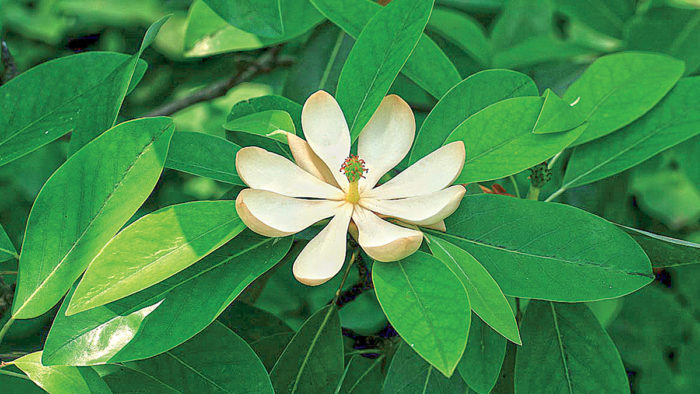
Evergreens are crucial to achieving varied texture and form, as well as the key to any successful four-season garden. Unfortunately, many gardeners would put a lot of evergreens in the “necessary but boring” category. They are a backdrop, the much-needed greenery during colder months, but never the garden star that steals the show.
The plants below might just change your mind about the humble evergreen. These foliage all-stars can be called anything but boring. From beautiful blooms to colorful foliage and pops of bright berries, all of these evergreens have that little something extra.
1. American Holly
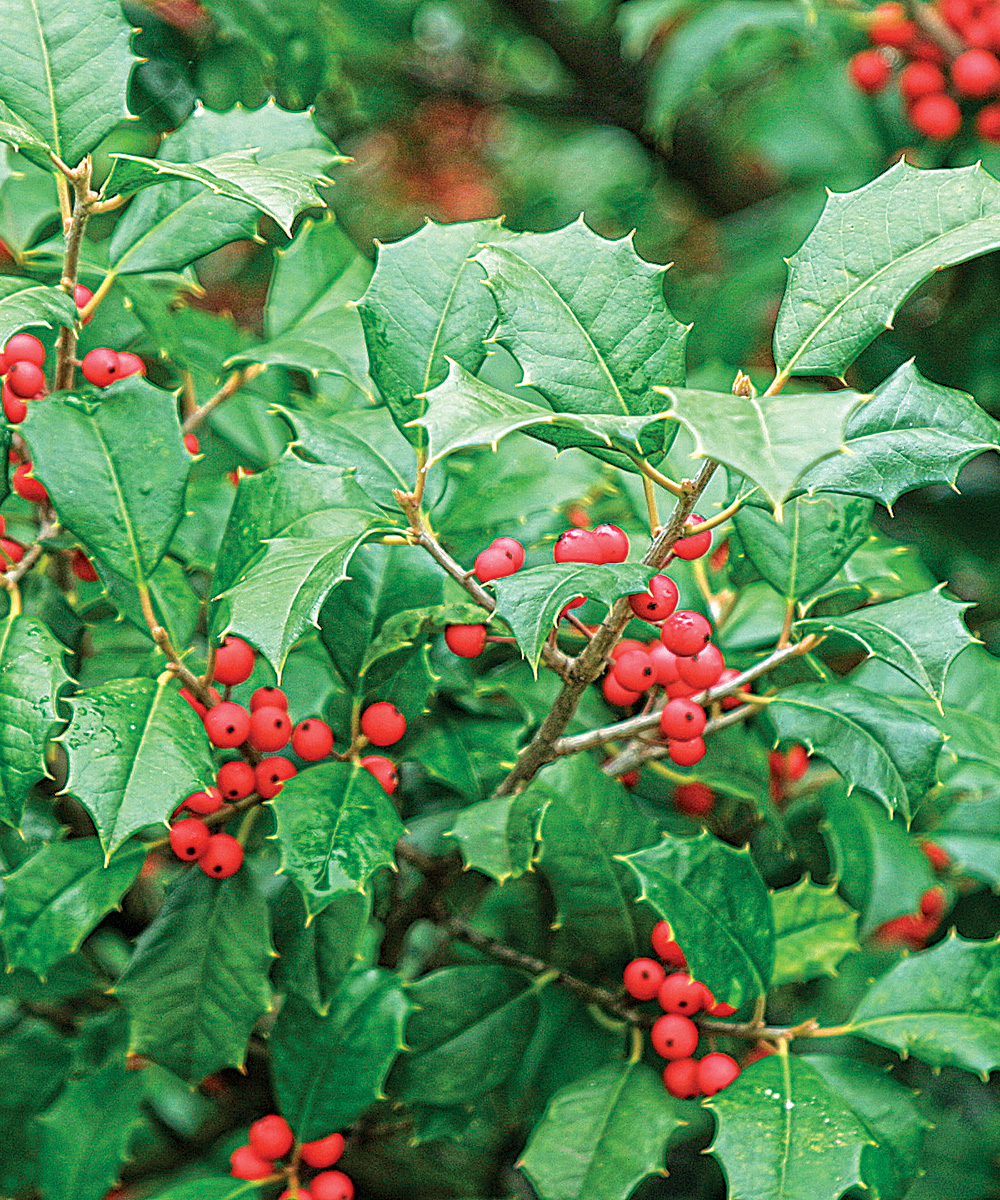
Ilex opaca
Zones: 5–9
Size: 15 to 30 feet tall and wide; can get larger, but grows slowly
Conditions: Full sun to partial shade; moist, well-drained soil
American holly is a versatile plant that makes a beautiful focal point with the right care. Its conical shape, spiny leaves, and brightly colored fruit are iconic, especially during the winter. It is a good idea to select a cultivar that is recommended for your area, with the traits you want to feature, such as berries (plant a male nearby for fruit set) or glossy foliage. It will take shaping if you want a more formal look, but it can also act as a visual screen when left unsheared. To grow better plants, protect hollies from strong winds and maintain soil pH on the acidic side.
2. ‘Henry Hicks’ Sweetbay Magnolia

Magnolia virginiana ‘Henry Hicks’
Zones: 5–9
Size: 15 to 25 feet tall and 10 to 20 feet wide
Conditions: Full sun to partial shade; moist to wet soil
As a group, magnolias (Magnolia spp. and cvs., Zones 3–9) offer many desirable characteristics. ‘Henry Hicks’ is a particular favorite and is worth the effort to locate. It is exceptionally cold-hardy and evergreen, and its single leader and intermediate size make it useful in smaller gardens. Be sure to plant it where its sweetly lemon-scented flowers can be enjoyed. It appears to shimmer when breezes ruffle its leaves, alternately exposing green tops and silvery undersides. The bark is blotched in shades of gray reminiscent of beech bark (Fagus spp. and cvs., Zones 3–9).
3. Allegheny Spurge
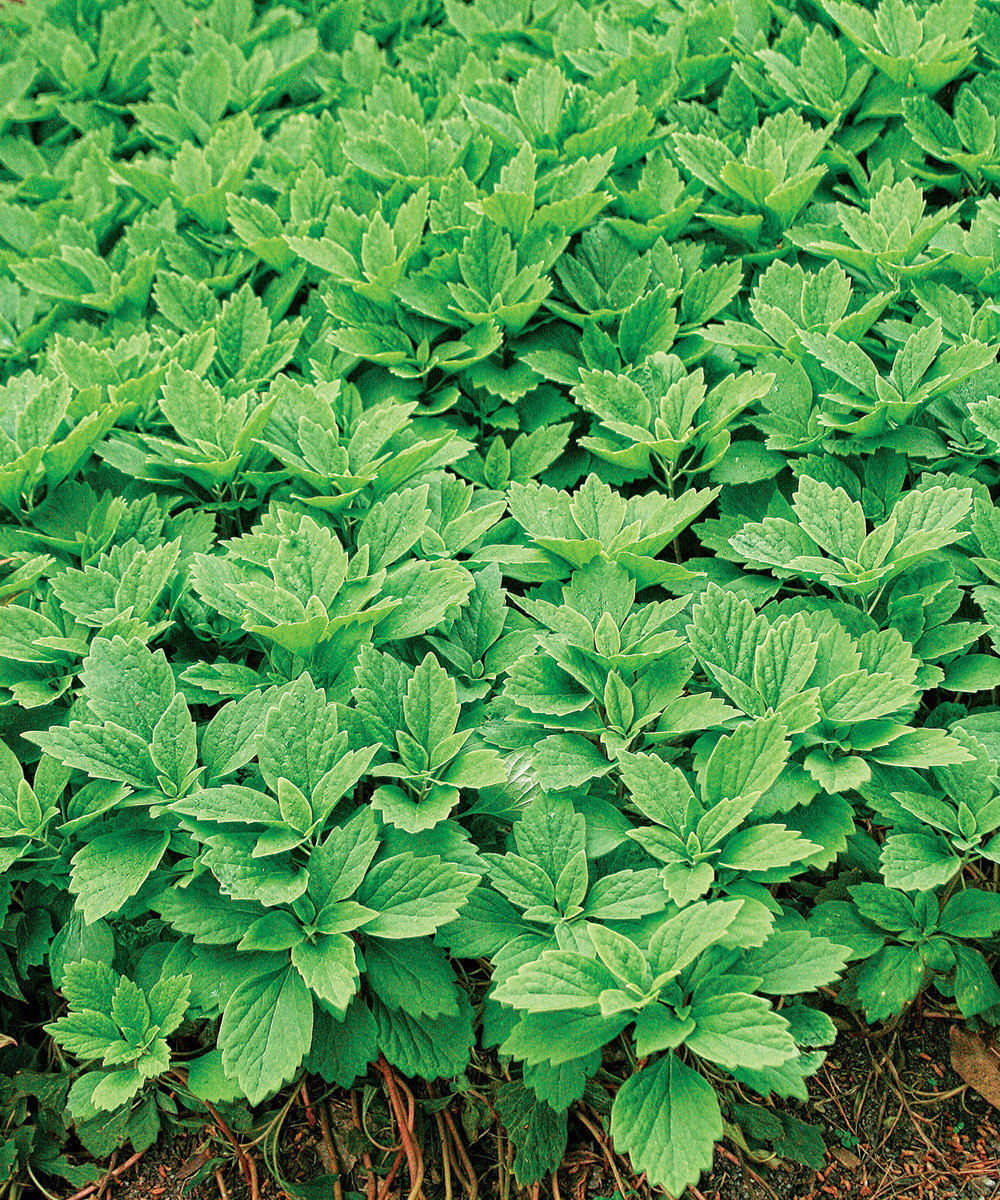
Pachysandra procumbens
Zones: 5–9
Size: 6 to 12 inches tall and 12 inches wide
Conditions: Partial to full shade; adaptable, but prefers moist, well-drained, acidic soil
This ground cover, native to the Eastern United States, has early spring appeal, with fresh new flowers and leaves pushing through foliage from the previous season. While some may want to tidy up by cutting back old foliage in late winter, leaving the darker layer of aged leaves highlights the fragrant, pink-tinted white flowers. This underused charmer is much less rambunctious than its commonly planted Japanese relative (P. terminalis*, Zones 4–8), and it lends itself better to a naturalistic planting.
4. Prague Viburnum
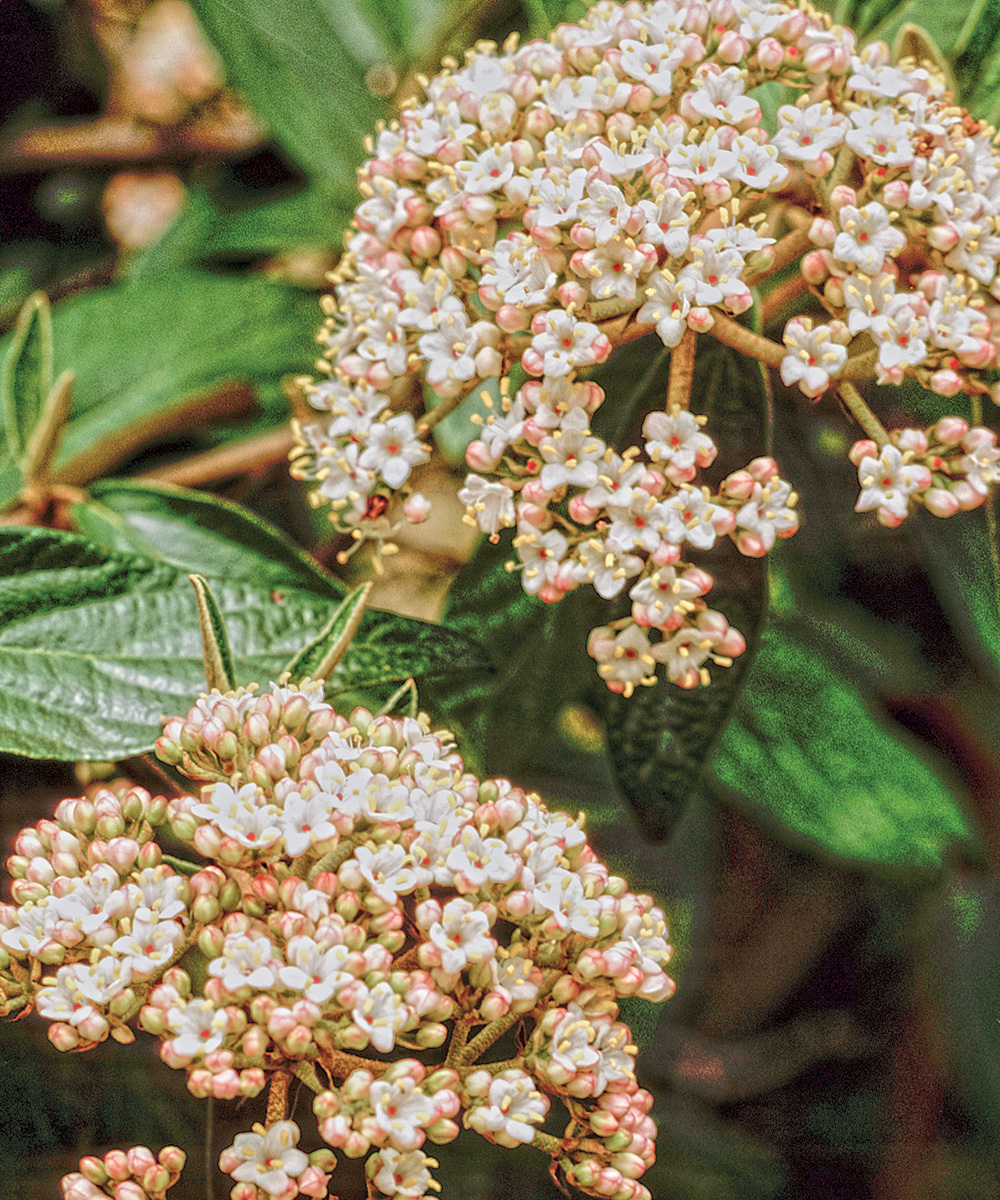
Viburnum × pragense
Zones: 5–9
Size: 8 to 12 feet tall and wide
Conditions: Full sun to partial shade; average soil
This hybrid is hardier than its parents, leatherleaf viburnum (V. rhytidophyllum, Zones 5–7) and service viburnum (V. utile, Zones 6–8). Grow it for its ornamental shiny foliage and slightly fragrant, pink-budded flowers, which open in creamy-white clusters. This plant is vigorous. A bit of judicious pruning and pinching will result in a denser shrub, making it useful for privacy screening or hiding undesirable views. The overall appearance is graceful—a fine counterpart to coniferous evergreens in larger settings or as a backdrop for smaller herbaceous plantings.
*Invasive alert: Japanese pachysandra (Pachysandra terminalis)
This plant is considered invasive in Pennsylvania.
Please visit invasiveplantatlas.org for more information.
Jim Kincannon is a horticulturist and garden designer in Indianapolis.
Fine Gardening Recommended Products

ARS Telescoping Long Reach Pruner
Fine Gardening receives a commission for items purchased through links on this site, including Amazon Associates and other affiliate advertising programs.

DeWalt Variable-Speed Cordless Reciprocating Saw
Fine Gardening receives a commission for items purchased through links on this site, including Amazon Associates and other affiliate advertising programs.
- 18.31 x 6.13 x 4 inches
- 1-1/8-inch stroke length
- Variable speed trigger with 0-3000 spm

Pruning Simplified: A Step-by-Step Guide to 50 Popular Trees and Shrubs
Fine Gardening receives a commission for items purchased through links on this site, including Amazon Associates and other affiliate advertising programs.




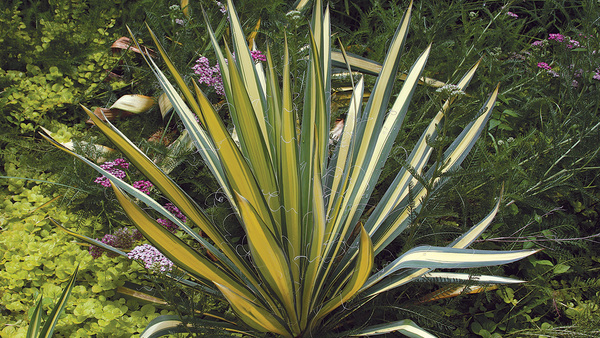
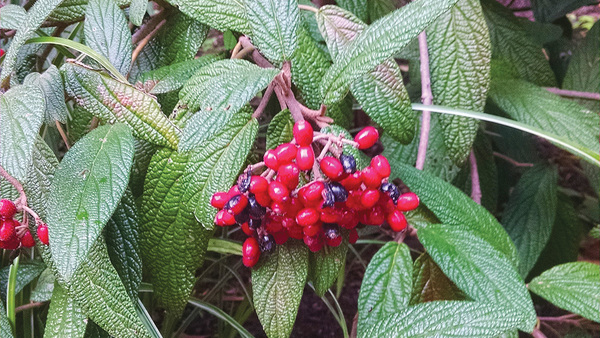













Comments
Log in or create an account to post a comment.
Sign up Log in